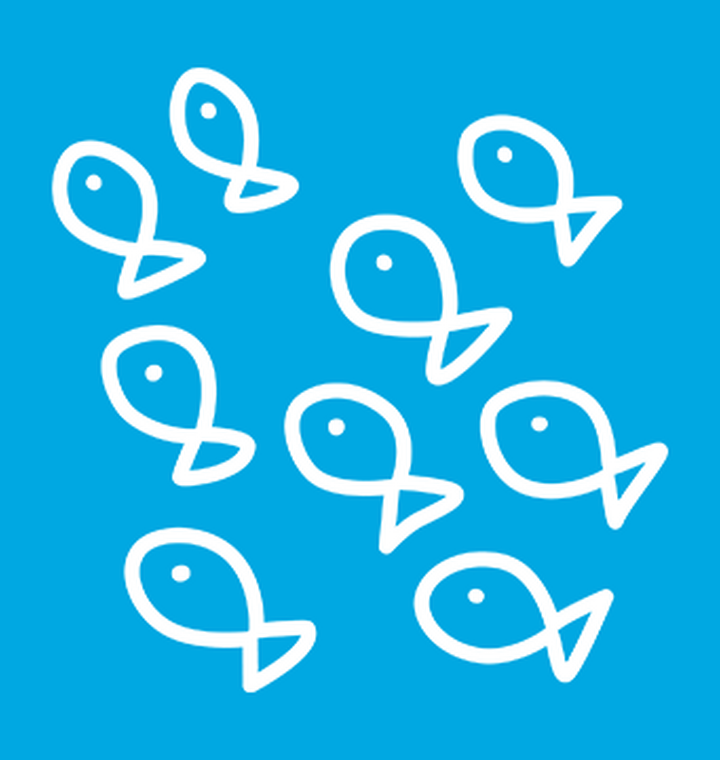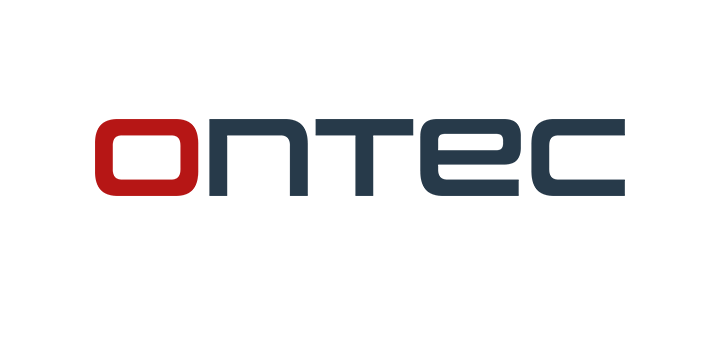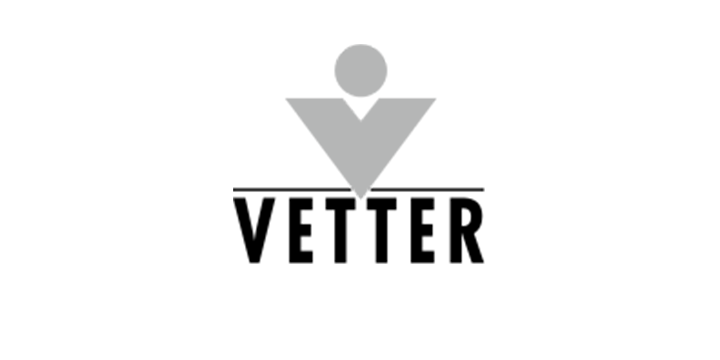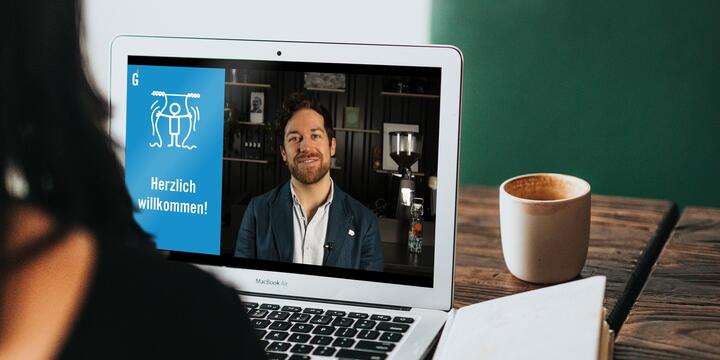A better work is possible.
Let’s make it concrete.
Chapter 1: Drawing the Map
So if you were to work with us, this is how it might go.
We have our first talk. You tell us about your hopes and your dreams, your fears and your pains and what elements of your organization most urgently need changing.
We dig deeper together: What’s the case for action? Why this transformation and why now? What’s good about your current state which you want to keep or strengthen? Which New Work approaches sound interesting – and which sound like they would never work in your organization?
Together we talk through the next:land map, our way of giving you an overview of the different approaches floating around in the New Work space. In talking, we get a clearer sense of which areas sound interesting for your organization and which are for maybe later, if at all. Is it about scaling Agile Work Methods towards full Business Agility? Or do we start by uncovering your organization’s purpose and then let that update your approach to leadership and strategy? Do you first need support in building a more constructive conflict culture? Or do you go straight into self-organization with purpose OS?
What’s on the next:land map?
Knowing how overwhelming it can be to try to find the “right” New Work method, in 2016 we created the first edition of the next:land map. This map was subsequently published in the Harvard Business Manager (Link to the Blogpost in our dG Magazine) and is still used by many different organizations today to figure out in which direction they want to develop their organization.
There are many different places in next:land, all with their own language and sub-culture: From the Highlands of Agility to the Purpose River or Holacra-City. This diversity can be overwhelming at first. But what unites all those different approaches – at least according to our research – are five foundational principles. These organizations in next:land.
- are driven by a higher purpose,
- their internal decision making authority is distributed to where competency resides (instead of creating bottlenecks at the top of the hierarchy),
- they adapt continuously by evolutionary learning,
- they share information transparently
- and they productively harness the energy of internal tensions, using them to power positive change.
All the different next:land approaches develop at least one, if not more, of these five principles. Some of them have blind spots in some areas, so it’s best to combine them with complementary approaches. But beware: Some approaches might feel unworkable in your organization, not because they’re actually bad but because they directly challenge your organization’s blind spot.
Chapter 2: The First Expedition
After those initial conversations where we get to know your situation and interests, we usually embark on a six-month learning journey together (give or take a few months). You try out many different methods and visit different organizations that already inhabit some areas of next:land. You get a clearer sense of what this actually looks and feels like in practice. New ways of making decisions. New ways of thinking about business strategy, based on purpose. New and more effective ways of letting teams solve their own problems without needing a heroic leader to motivate them. Radically different approaches to delicate topics like budgeting, performance evaluation or salaries. Even if after this phase you decide that next:land isn’t where you want your organization to go, you will have been able to expand your repertoire as a leader and get tons of inspiration for your own practice.
Tales from Other Travellers
As a first taste of this kind of learning journey, you can read through the transformation reports from some of our clients.
Chapter 3: The Decision
After this learning journey phase we take stock together: What does next:land mean for you? As an organization, but also personally for you as leaders? What will you be giving up and what will you gain? What are you looking forward to and which parts of the road will be bumpy? Which success patterns of your organization do you want to keep and strengthen – and which dysfunctional patterns now clearly need a change? Together we identify an elegant starting point for your journey and create a rough sketch of what the journey could look like over the next few years, so that it’s really tailor-made to your organization.
After this deep reflection we let you and your leadership team make a clear, informed stop-or-go decision:
Do you want to permanently move your organization to next:land? And are you willing to commit to the long-term journey that entails? Or have you found out that, no, while this might sound nice, it doesn’t feel right?
This is a crucial moment in your organization’s hero’s journey: Do you accept the call to adventure and travel to new lands – or not? Both is fine, but after countless transformation journeys we find it essential to make this a conscious, informed choice. Too often has the hero’s journey become a drama where in the midst of adversity the whole journey was cut short by leadership realizing that this was actually not the journey they wanted to go on. We really want to spare you this kind of pain.
This combination of learning journey and stop-or-go-decision is also a very useful way of creating deeper alignment in your leadership team. You might have to address some elephants in the room, but with good facilitation this is always a helpful process, where you get to know each other on a much deeper level – no matter the outcome of your decision.
Chapter 4: The Journey
After the decision, the real work starts. We start weaving together the next:land methods you chose with your current business challenges, we create concrete change initiatives and start implementing those.
That might look like straight-up implementing one of the concrete methodologies below, like purpose-driven strategy development or role-based self-organization. That might look like focusing on one key department of your organization and turbo-charging its development towards next:land, creating an internal lighthouse project that creates a strong pull towards next:land in the rest of the organization. That might look like identifying a few smaller changes that can be rolled out quickly and clearly let the whole organization know: Wow, this is different from what we used to know. Something’s changing for the better.
The concrete starting point and first focus will depend on your organization’s specific situation and culture. What’s important is that we choose a focus that is not “culture development for its own sake”, but that has real business implications: Where your organization can really gain or lose something.
And that we do both: Implementation and reflection. We like to get hands-on in implementation, embedding at our clients for 2-3 days a week, helping put the changes into practice and working through the challenges that show up in day-to-day work. (Instead of just showing up for a nice workshop once a month, the effect of which will have dissipated the next day.)
But we also need those dedicated spaces to reflect together on the real-time feedback of the organization. Organizations can react to change in unpredictable, surprising ways, after all. We need to regularly mull over the unexpected and the difficult together and adapt course based on what’s working well and what isn’t.
So which concrete methods do you want in your backpack?
On the way to next:land it often helps to use concrete methods. Not as dogma, but as a way for making the transformation tangible and real. Still, implementing any new method needs a flexible, tailor-made implementation process. We need to take the individual situation of your organization into account and have regular pit stops for reflecting and adapting the course of action together, based on how it’s going – putting the next:land-principle of evolutionary learning into action.
That being said, here are the methods we most often use in working with clients. Some of these we learned from the giants on whose shoulders we stand. Some of these we developed and refined together with our clients.
It is easier to act yourself into a new way of thinking than to think yourself into a new way of acting.
Uncover your organization’s purpose. Find an elegant balance of broad employee involvement and clear focus so that your purpose actually becomes an inspiring north star in every corner of your business.
Unpack your purpose’s implications for your products, your business model, your leadership culture, your brand positioning as well as your ecological and societal impact – so that purpose is not just a statement on the wall but a daily reality.
Move from strategy to strategizing: Stop using strategy as a static, inflexible thing defined at the top of the hierarchy that is outdated one month after it’s released. Start strategizING, an ongoing process of getting together the right internal stakeholders, making sense of market developments and quickly turning them into useful strategic experiments and updates of your strategic direction.
Learn and implement agile working methods, but don’t stop at the team-level. Scale it up elegantly so that your whole business becomes more agile, not just your IT-department. Transform your key business processes so that they align with agile principles instead of creating friction between the Agile Teams and the rest of the organization. Do all that to fully unleash your organization’s innovation capacity, bringing innovations to market much faster and better serving your customer’s needs.
If you want to be more radical and completely rethink the traditional management hierarchy, role-based self-organization might be for you. Popularized with approaches like Holacracy or Sociocracy 3.0, self-organization leads you to completely eliminate manager-subordinate relationships and replace them by a more flexible (yet crystal clear) org chart. All members of the organization have the same rights and duties, which include a clear process of updating the org chart that’s much more collaborative but doesn’t lead to endless consensus seeking.
Done well, this accomplishes the squaring of the circle: It creates clear, explicit structures that support collaboration, self-responsibility and everyone taking full ownership of their work. Or said differently, it uses the advantages of hierarchy, consensus democracy and creative anarchy without inheriting their downsides. It’s very effective – but it’s not for the faint of heart. (And sometimes, when useful, we also just pick elements from these approaches when the full-scale implementation would be too much.)
People in next:land organizations are still human. And so, they still have conflicts. To deal with those gracefully, we often work with the Clear the Air Approach (CTA), which helps organizations make sure that all their relational conflicts are addressed and resolved quickly, to the satisfaction of everyone involved. It also helps people and teams communicate more openly and transparently with each other, raising psychological safety and thus team effectiveness. The approach consists of training for individuals in workshops (currently German only) or self-paced via online courses (coming soon!) as well as clear, storm-proof formats for resolving conflicts on bilateral, team- or organization-wide levels.
All next:land approaches require higher capabilities for conflict-resolution, so we don’t recommend going too long in your transformation without CTA. Especially when you start with a self-organization method like Holacracy, adding CTA can be the difference between a successful or a failing implementation.
Leadership in next:land has to develop along two lines. On the one hand, CEOs and managers have to transform their roles and leadership style. On the other hand, employees have to step up and take on full ownership.
For CEOs and managers this means relying less on top-down power and more on their professional and personal authority. (If their authority only comes from their position of power, they will have to focus hard on their own personal development or they will struggle.) They also have to get better at knowing when to let go and when to step in. When they do step in, they need to be able to do so gracefully, solving the issue without undermining everyone else’s motivation and self-responsibility.
For employees this sometimes means stepping out of a learned helplessness and into the thrill and uncertainty that comes with making your own decisions. It sometimes means accepting the limits of your new-found autonomy in service of the organization’s purpose. It means being more accepting of differing views and risking conflicts, daring to bring the organization to the next level.
Thus developing next:leadership over time becomes less of an individual pursuit (“How can I become a better leader?”) and more of a collective undertaking (“What do I and we need to do to raise the amount of positive, purpose-serving leadership that’s happening everywhere inside the organization?”)
Chapter 5: Becoming your own tour-guides
About three years have passed. The transformation is well underway and you really have a sense now of what working in next:land feels like and what that means for you as a leader, even though it’s not fully implemented everywhere in your organization. Some departments are pretty far ahead, other departments have only just begun with small steps. Your organization now has a clear, inspiring purpose that serves as a common reference point for all strategic decisions. Whenever you think about making an investment or developing a new product, one of the first questions that someone in your team asks is: “Does it serve that purpose?”.
The new methods we implemented together also led to a massive acceleration of the development of new, purpose-driven services. People you wouldn’t have imagined taking a lead, transformed in front of your eyes and brought about new products that are getting enthusiastic feedback from customers. It would seem miraculous, if over the last two years you hadn’t already seen so many people suddenly flourish and throw themselves into the work with sparkling eyes. You hear people whistling in the hallways, see them huddled together in your company’s new lounge-style work-area kicking off on an internal project, their concentration broken up by bursts of laughter. As you walk through your company the energy seems much more bright and playful, engaged and calm.
But it wasn’t all a walk in the park. You’ve had to go through some points of crisis. Long-ignored conflicts came back to the surface and took quite some effort and emotional turmoil to finally resolve.
You’ve had to really fine-tune your role. There were areas where in your efforts to distribute authority you let go too quickly. People were overwhelmed with their new responsibilities and made costly mistakes. There were areas where you held on to certain roles for too long and where you now see that you created bottlenecks that held the organization back. But you now also have much more time to fill the roles where you feel that you can unfold your full potential and bring in your contribution in a way that nobody else can. You feel a weight coming off your shoulders because you see people stepping up and taking on more responsibility for the success of the organization.
In this process of refining your role, you’ve also gotten more honest feedback from the team (and from us). Some of that directly helped you step up your game. Some of that you’ve really had to chew on. It had pushed your red buttons and pointed you towards issues you hadn’t been aware of, because as someone who holds power in the organization, few people had previously dared to bring them up directly with you. These were the moments where you silently thought of throwing in the towel, but where the moments of reflection with us helped you work through it in a fruitful way. (Which doesn’t mean it was always easy.)
Now, after having those larger turbulences behind you, you view it as an important experience. Even though it has been challenging, you’ve learned a lot about yourself, you feel more emotionally connected to your team and it has brought an overall atmosphere of more open and honest communication into the organization. That doesn’t mean that your organization is in paradise now. Some conflicts are still there, lurking in the shadows, waiting to be addressed. Some cultural debt is still to be tackled. But you’re getting there.
You’ve also started thinking about revamping some of your sensitive business processes based on the five next:land principles. You’ve started rethinking performance reviews and budget processes and implemented some first experiments to make them more purpose-driven, transparent and based on distributed decision making. In one or two years you might even start making your salary setting process much more distributed and transparent.
The responsibility for the organization’s transformation journey towards next:land is now also carried by many more shoulders. Some people have already gone through some of our longer-term training programs and are able to lead transformation initiatives themselves, bringing what has worked well in one department over into others. You now have well-trained internal conflict mediators that help resolve team conflicts in a more fruitful way. Much of the drama that in earlier years had been escalated up to you is now resolved much more easily and without you even having to hear about it. You even have a dedicated next:leadership program, supplemented by online course elements, that helps managers redefine their roles and explicitly invites everyone in your organization to figure out how they can step into the quality of purpose-driven leadership in their area of work.
Chapter 6: A New Autopilot
Another two years have passed. Working in next:land now seems so normal and obvious that at times you wonder how you could ever have done it differently. You still have challenges and problems of course, like any other organization, but they’re much better problems. Problems like: Your new salary system is having unintended consequences. New hires need better onboarding to get up to speed with your next:land processes. Your organization’s purpose needs a re-visit because you feel it’s not as clear and inspiring as it could be.
Having problems is also much less stressful, because you now have many more active problem-solvers inside your organization. Old hierarchical patterns actually start feeling weird. When a team chooses a sub-optimal solution only because the Highest Paid Person’s Opinion (the HiPPO) said so, it quickly gets challenged. Withholding critical feedback from someone only because they used to be a manager gets you frowned upon. Withholding initiative in general will get you raised eyebrows and stern talks from colleagues. As will endless consensus seeking out of fear of making a decision yourself.
In short, you have successfully developed a new autopilot. And we will have reduced our engagement significantly. In the first few years it has been very hands-on. But over the last one or two years we have been focusing more and more on coaching and mentoring your internal organizational developers. They have been leading different internal initiatives and experienced the joys (and challenges) of creating organizational change first-hand. Now they can mostly operate on their own and we support in much smaller doses and only for more specific topics.
You have become an inspiring example for peers in your industry. Other organizations that are having their first expeditions to next:land stop by for visits. They ask you: “Is this new work thing something for us? Or would it never work in our organization?” And you smile.
What’s your journey going to be?
If now you're curious to explore what next:land could mean for your organization, wonderful! Let’s get the conversation going. As we mainly focus on those longer-term transformation journeys it helps if you fill out the form that’s linked below, tell us a bit about your organization and what kind of journey you’re interested in exploring. Then we’ll reach out and figure out what the best next steps are.
We look forward to talking with you and embarking on an exciting journey together!


























